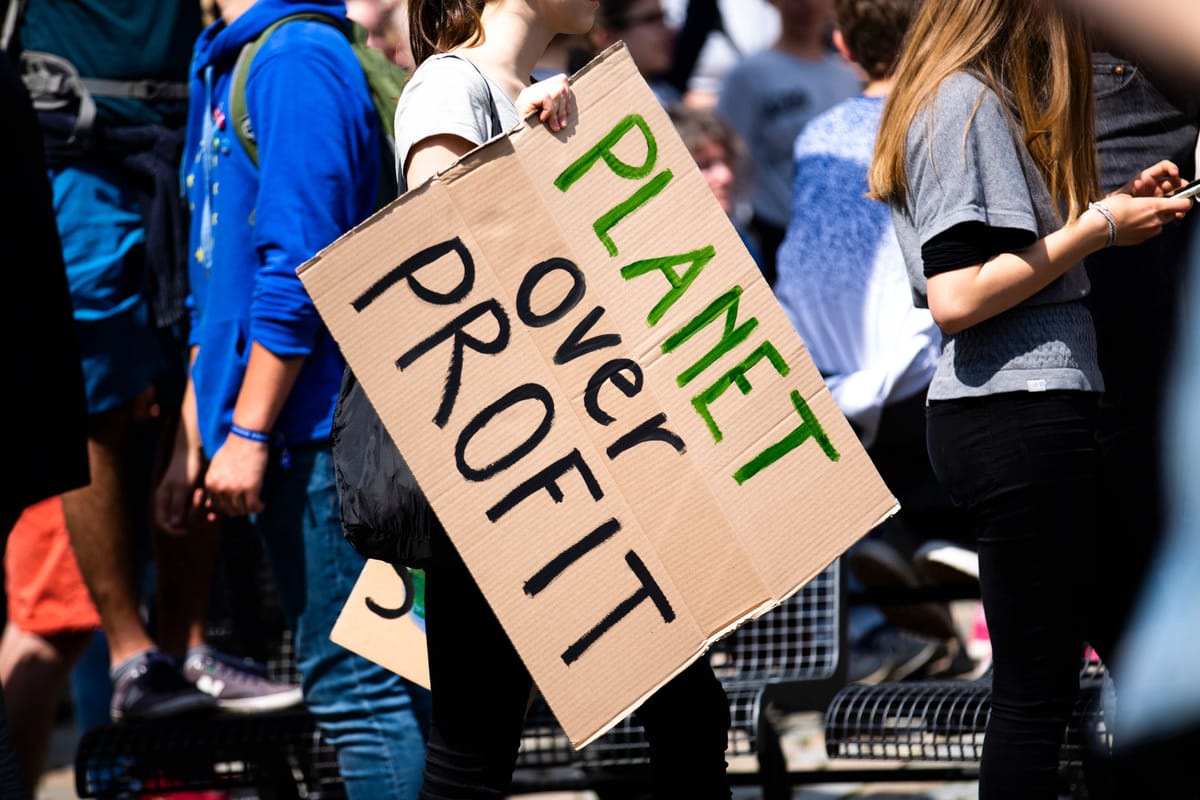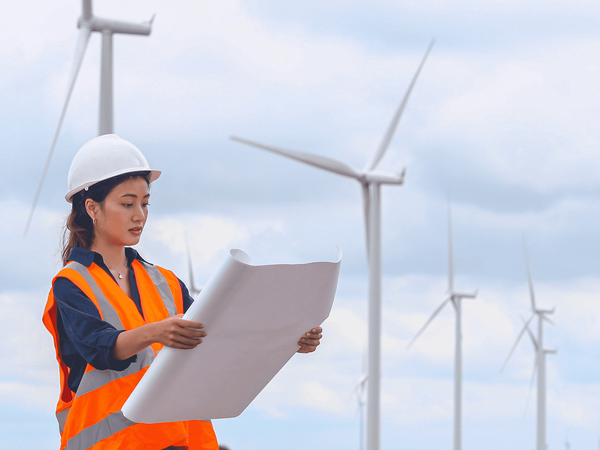COP26: Pledges made, action required

This week in 1972, the world’s first environment conference was held in Stockholm, known as the United Nations Conference on the Human Environment or the Stockholm Conference. 50 years later in the same week, a Climate Change Conference started on the 6th of June in Bonn, Germany, and will run until the 16th of June 2022.
We are now halfway between COP26, which happened last year in November in Glasgow, and COP27, happening in Egypt, later this year. To make sure the nations are on the track to achieving the promises made at COP26 and make them prepared for COP27, the delegates are meeting this time for a week and a half in Bonn.
UN Climate Change Executive Secretary Patricia Espinosa opened the Bonn session by asking the delegates:
“We urgently require political-level interventions and decisions in each of these areas in order to achieve a balanced package. Doing so will send a clear message to the world that we are headed in the right direction. Because the world is going to have one question in Sharm El-Sheikh: what progress have you made since Glasgow?”
COVID-19. Inflation. Russia-Ukraine conflict. Too many excuses the nations can use for falling behind on their climate commitments. Already on the first day of the conference, the presence of Russian delegates raised some eyebrows, as some other delegates walked out of a session when the Russian representative made a speech. However, the protest was too low-key to affect the summit in any way. Climate change might not be in everyone’s mind right now, and although it may seem like other issues have priority at the moment, the climate crisis should have had its priority yesterday.
COP26- a look back
The COP26 saw full of motivated nations proudly highlighting their targets for reducing emissions and the persuadable promises to cut back on fossil fuels and end deforestation. The conference concluded with an agreement to submit more ambitious climate plans, including cutting down on CO2 emissions.
To keep temperature rises within 1.5°C, the countries agreed to phase down coal power, which is responsible for about 40% of CO2 emissions annually. However, at the moment, there are still more than 2,400 coal-fired power plants operating in 79 countries globally, producing a total of about 2,100 GW of capacity. Additionally, 34 countries are planning to build new coal plants. With this continuous concealed backing to the coal industry, we have yet to see how countries are planning to phase down as they said they would.
If countries extend their reliance on coal in response to the war, then "we are cooked" -Mr. John Kerry, U.S. Special Presidential Envoy for Climate.
One of the notable agreements of COP26 was the U.S. and China coming together with the pledge to cooperate in methane emissions reduction and switching to clean energy. However, China has yet to show a concrete plan to tackle its methane emissions. In the list of 100 countries, that signed to cut 30% of methane emissions by 2030, big emitters, such as China, Russia, and India are missing.
Deforestation was another issue touched on by the summit, in which the leaders from more than 100 countries promised to stop deforestation by 2030. The COP26 also provided attention to significantly help developing and underdeveloped countries so that they can cope with the effects of climate change. The talk currently going around is the prospect of a trillion-dollar a year fund from 2025.
However…
As motivating as the COP26 was for the nations to jointly sign the pledge, it was clear to everyone that what we have done so far was not taking us below the 1.5°C goal and much more has to be done.
While the countries are heavily showing their participation in the conference, it is not hard to miss the effect of climate change at this very moment on another side of the planet— with deadly heatwaves in India and Pakistan.
“Climate change isn’t something happening here or there but everywhere, and all at once. And unless we choose to halt it, it will never stop”- The Uninhabitable Earth
Along with climate change, countries have currently other important things to address. The increase in the prices for fossil energy has made India re-open more than 100 coal mines. But the country also added 3 GW of solar power capacity at the beginning of 2022. The world’s top emitter, China has made enormous progress by reducing emissions since the summer of 2021. The country has produced twice more electric cars and trucks in a year, and renewable energy grew by 25.4GW in the first quarter of 2022. While coal production has ramped up, China's emissions are expected to fall this year.
On the other side of the globe, European countries are busy seeking an alternative source of fossil fuel energy as they are trying to swift away from Russian gas. So, at the moment, one can imagine that climate change has not been on the priority list.
At COP26, although all 196 countries promised to enhance and re-establish their plans to cut down emissions, there is very little sign of this happening before COP27. As of writing this issue, only 11 countries out of 196 have submitted their new emission plans. The deadline is September 2022.
COP27- outlook
The success of climate-focussed Prime Minister Anthony Albanese in Australia's recent election indicates that citizens are concerned about rising temperatures, and they want the change. Now, less than six months to go for COP27 in Egypt, which will primarily focus on the implementation of the nation’s plan in reducing emissions—the countries are expected to show their plans through legislation, policies, and programs to begin putting the Paris Agreement into practice in their home countries.
If we look at what we have accomplished in the last six to seven years since the Paris Agreement, we are still very much behind the climate curve. With these conferences and different pledges, we are trying hard to discipline ourselves and bring the curve back on track, but we can and must do better so that humans and the whole ecosystem can be saved from the human-caused climate damage.
Summary
- 50 years since the world’s first environment conference was held
- Climate Change Conference (SB 56) is happening from 6th-16th June in Bonn
- The conference will revise COP26 promises and prepare countries for COP27
- Many countries are late in submitting their ‘refreshed’ emissions targets



